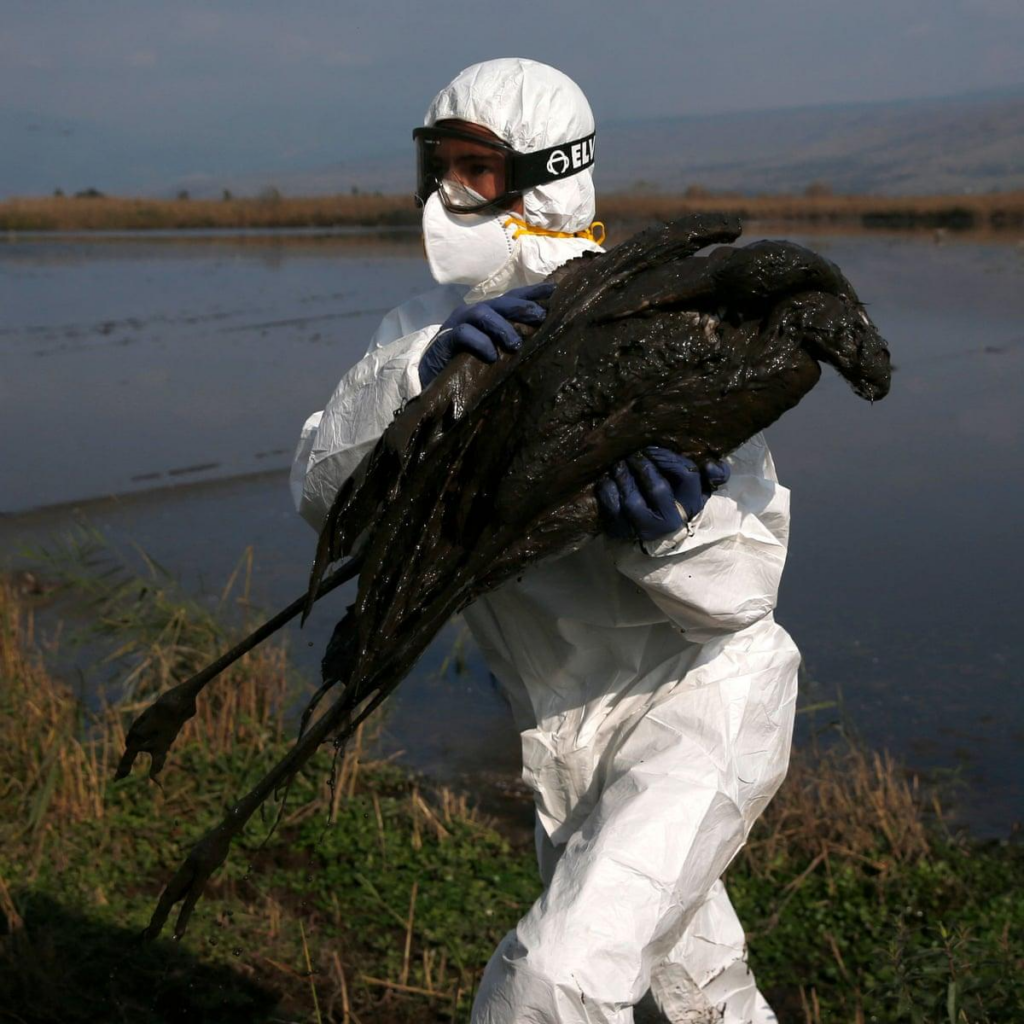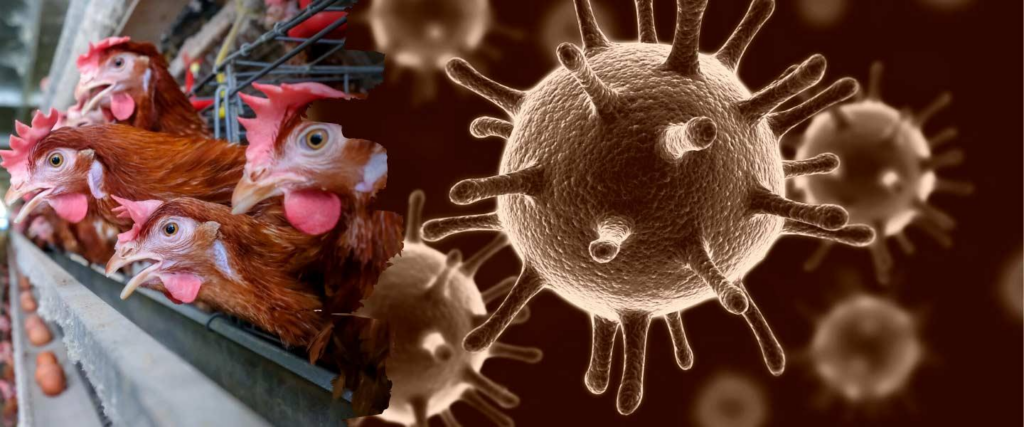
The Covid-19 pandemic has become more under control, but the avian influenza or bird flu has showed no signs of slowing down!
As birds migrate from the north to Australia for the warmer Spring weather, there are fears they will bring over the Highly pathogenic Avian Influenza HPAI and decimate poultry and wild birds just as it has overseas.
The graceful Australian black swan could disappear if avian flu ever takes hold here.
The bird flu virus of greatest concern is H5N1, which has not arrived in Australia yet.

1. Why could Avian flu decimate Australian Black Swans?

Scientists have known for years that bird flu kills every Black Swan it infects. This means that if the disease travelled to the Australian continent, it would threaten the existence of black swans in Australia. When Avian flu arrives in any country it affects birds and wildfowl leading to a very high mortality.
The unique genetics of Australian Black Swans leaves them vulnerable to viral illnesses especially Avian flu.
Unlike other species of swans and wild birds, black swans are known to be particularly susceptible to these highly pathogenic avian influenzas (HPAI), better known as “bird flu”.
While their paler cousins may suffer only mild symptoms such as listlessness, black wans die so quickly there are often no signs.

2. Why are black swans specifically affected?

The fact that Australia is geographically isolated, then the Black Swans have had a limited exposure to pathogens frequently found in other parts of the world. Due to them being largely shielded from infectious avian diseases they have now a reduced immune diversity. This lack of immune genes which help other wild waterfowl combat infectious diseases would be a substantial threat to the existence of this species.

The bird flu virus of greatest concern is H5N1, which has not arrived in Australia yet.
3. What has the new genome study of Black Swans revealed?

In a new study led by the University of Queensland scientists, they examined how genes in cells responded to the Avian flu virus. The analysis revealed that the cells taken from Black Swans showed an uncontrolled inflammatory reaction when they were infected. This was a similar reaction to a person with severe Covid-19.
Until the genomes were sequenced no one knew why black swans were particularly susceptible to avian flu.

The findings of these genome studies have shown that some of the immune genes which help other wildfowl combat Avian flu, are not present in black swans. This means they would be particularly prone to viral diseases such as avian flu as well as many other similar viruses.

Until now no one knew why black swans were so susceptible to avian flu but in the first ever study of the immune system of wild birds has shown that the black swan species are highly susceptible with a threat if it arrives in Australia the black swans will be wiped out!
4. What time of year will there be a high risk of an outbreak?

With billions of migratory birds taking flight in September from their northern grounds to make cross-globe journeys, experts are bracing for a fresh wave of infections of bird flu.

These birds returning to Australia’s shores annually between September and November may introduce HPAI viruses. If these birds are infected with virus, they could potentially spread the bird flu.
Water birds such as wild ducks are believed to be the carriers of all avian influenza viruses as they travel to Europe, Asia, and Africa but fortunately waterfowl do not migrate to Australia. However, shorebirds and seabirds are hosts for influenza so if HPAI H5NI were to arrive in Australia it would most likely arrive with them.

5. What are the symptoms in wild birds with Avian flu?

Wild birds do not usually show symptoms of bird flu, but for those that do the symptoms differ according to species, but they can include breathing difficulties, diarrhoea, and a swollen head. Some flu strains have caused illness leading to death in some wild birds.

The viruses are carried inside the bird’s intestines and are scattered around the environment in their faeces. This means that migratory birds infected with the viruses could potentially spread the bird flu to any area in Australia they visit. The avian influenza virus can more frequently kill domesticated birds, such as turkeys and chickens.

Screening of wild birds in Australia has so far not shown the HPAI H5N1 which, would wipe out the Black Swans.
6. Are humans at risk from the Avian flu virus?

As Avian flu continues to spread throughout the world, killing wild birds and poultry in huge numbers in the northern hemisphere, Africa, Asia, and South America. Not only is this bird flu causing catastrophe for birds, it is also responsible for a great many mammals including humans!

Humans who come into close contact with sick birds are at risk of infection with bird flu. A sick bird sheds the virus not only in its faeces but also in its feathers, mucous and saliva.

If a person handles a sick bird, they could contaminate their hands. If they then fail to wash their hands before eating, they will then ingest the infected bird faeces.
Viruses can also survive in raw poultry meat but fortunately is destroyed if the bird is fully cooked.
7. Why are their fears that the Avian Flu will start the next pandemic?

Periodic infections in people with bird flu are common in China where avian flu viruses constantly circulate in large poultry and wild bird populations. But concern has now been raised due to the first person dying from a type of bird flu in China, but the strain did not spread between people.

Researchers have concluded that bird flu may be the source of a new pandemic strain. Birds are natural hosts of many avian influenza strains, this increases the likelihood that bird flu could become zoonotic, that is transfer from animal to human.

There are fears that should the virus adapt and evolve to infect humans more easily we may be on the verge of another pandemic. The deadliest strain of avian flu so far which has killed millions of poultry in a growing number throughout Asia, our nearest neighbour.

After just recovering from the coronavirus pandemic the high mortality rates caused by the avian flu virus makes the world concerned that if the avian flu virus gets worse and takes hold in humans then another pandemic may break out. Humans have little or no immunity to avian flu.
8. Has avian influenza ever appeared in this Australia?

When avian influenza outbreaks have occurred here previously, they have always been caused by domestic strains that have evolved to become highly pathogenic rather than an invasion from globally circulating HPAI strains.
Currently, Australia remains free from HPAI H5N1 and has not been detected in wild migratory birds arriving from the north between September and December 2022. As millions of migratory birds arrive from Asia in 2023 there is again a high-risk period.

Outbreaks of have occurred in domestic poultry since 1976 in Victoria, New South Wales, and Queensland. Victoria had the most recent outbreak in 2020, which affected 3 egg farms, 2 turkey farms and an emu farm. All outbreaks in Australia have been successfully eradicated.
9. What is Australia doing about Avian influenza?

Whilst the outbreak in 2020 was controlled by culling of poultry on the free-range farms that were affected in Victoria. If the virus got into wild birds, it would be much harder to contain. Luckily Australia has a geographic advantage, but weather patterns, like El Niño may significantly affect how the virus spreads.

Australia is ready to respond to an outbreak and already has a surveillance program in place to detect an invasion of Avian Influenza by the NAIWB – National Avian Influenza Wild Bird Surveillance program collecting and screening samples from Australian wild birds in Australia. So far, no high potential ability to produce the disease has been detected in wild birds.

If an episode of bird flu happens the Australian Action plan and emergency plan is already prepared to manage the outbreaks in bird flu among bird populations.
If the bird flu was to affect humans, the government is one of several countries stockpiling the drugs Tamiflu and Relenza so that a vaccination would be available.
Countries that have outbreaks are encouraged to take up vaccination of all poultry.
- How can travellers protect themselves?

Travellers should check the Australian Government travel advisory for the country they are visiting to find out if the country is avian influenza affected.
Then
- Avoid situations where they may come into close contact with live birds, areas where poultry may be killed, such as poultry farms and live bird markets or surfaces that are contaminated with faeces.
- Avoid raw chicken, eggs, and other poultry products. When handling or cooking poultry and eggs, careful attention must be paid to hand washing, thorough cooking, and cleaning of surfaces and items as this destroys the virus.

- Hands need to be washed regularly with soap and running water or use an alcohol-based hand gel. Touching of one’s eyes, nose and mouth must be avoided.
